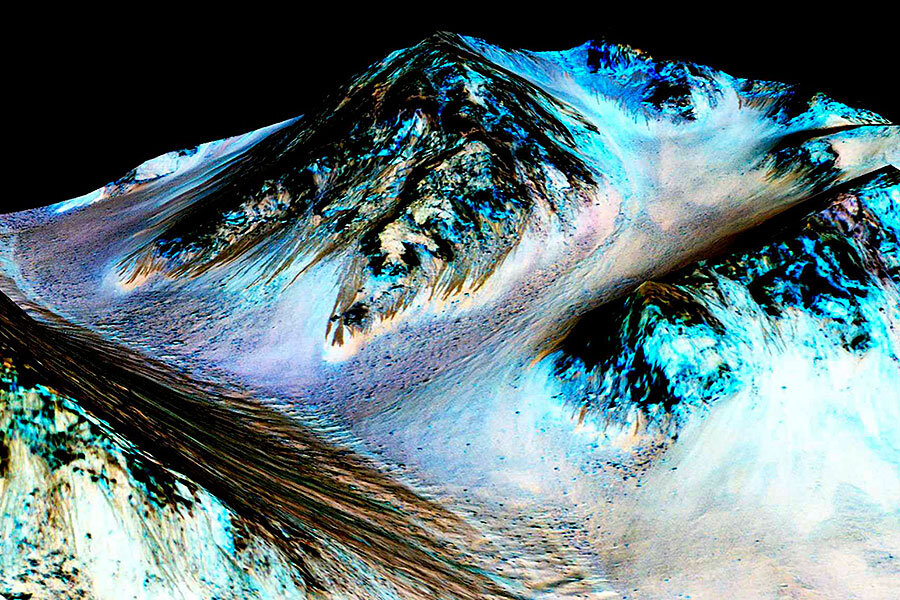What Antarctica tells us about hope for life on Mars
Those who long to find life on Mars were delivered a dastardly blow Tuesday, as a new paper was published citing research undertaken in Antarctica.
The study, published in The ISME Journal, focused on the area of Earth most closely resembling the surface of Mars: a dry valley, high in the southernmost continent.
The results bore no indication of life whatsoever, and while that takes life on Mars one step closer to being a fantasy, those concerned with contamination of other worlds may be sighing with relief.
The lead scientist, Jackie Goordial of McGill University in Montreal, Canada, spent four years staring into petri dishes before she was willing to admit the implications of her findings.
Inside those dishes lay soil samples taken from University Valley, nestled in the McMurdo Dry Valleys of Antarctica, one of the coldest, driest places on our planet.
This location, 1,700 meters above sea level and enjoying mean temperatures of -23 degrees Celsius (-9 degrees Fahrenheit), was selected as the locale best reflecting the permafrost found at the Mars landing site of the Phoenix rover.
The idea behind the science was that if life could exist in the permafrost of University Valley, then the same could be true of the frozen Martian soil.
Indeed, as NASA’s Chris McKay said, “Previous studies in the lower dry valleys of Antarctica and in subglacial lakes were giving us the impression that microbial life was rich in the cold regions.”
But University Valley turned out to be less hospitable.
The project was born after the development of a new drill, the IceBite auger, by NASA’s ASTEP department (Astrobiology Science and Technology for Exploring Planets), designed specifically to bore down into Martian permafrost.
The McGill scientists who undertook the research used the new kit to carve out two boreholes 42 cm (16.5 inches) and 55 cm (21.5 inches) deep, which may sound like a shallow depth to those of us with little experience of drilling down through permafrost in one of Earth’s harshest environments.
“Anytime you drill into frozen ground and it has some ice in it the drilling process creates friction which melts the ice. The hole will refreeze within seconds if the drilling is interrupted, freezing the drill bit into the hole,” said Lyle Whyte, Goordial’s supervisor.
“I remember drilling in the Arctic and losing a drill bit in one of the holes we had made, just because it froze into the ice before we could get it out”.
The University Valley team carried out tests both in situ and back at the lab in Montreal.
In the field, they searched for signs of carbon dioxide and methane – and found none. In the laboratory, they carried out a plethora of tests, including scouring for DNA, stimulating microbial growth, and analyzing microorganisms for activity.
Nothing indicated life in the barren heights of University Valley’s permafrost.
“Given the continuous dryness and subfreezing temperatures, and the lack of available water, even in summer, it is unlikely that any microbial communities can grow in these soils,” concluded Whyte.
The professor went on to say that if there is indeed no life here, which is what this study indicates, then the likelihood of finding life on Mars, where conditions are even colder and drier, is slim indeed.
“Additionally, if we cannot detect activity on Earth, in an environment which is teeming with microorganisms, it will be extremely unlikely and difficult to detect such activity on Mars.”
There are, however, those who will smile at this outcome. People concerned with planetary protection will take heart in the knowledge that any microorganisms mistakenly transported from Earth will have a tough time contaminating and colonizing the Red Planet.







